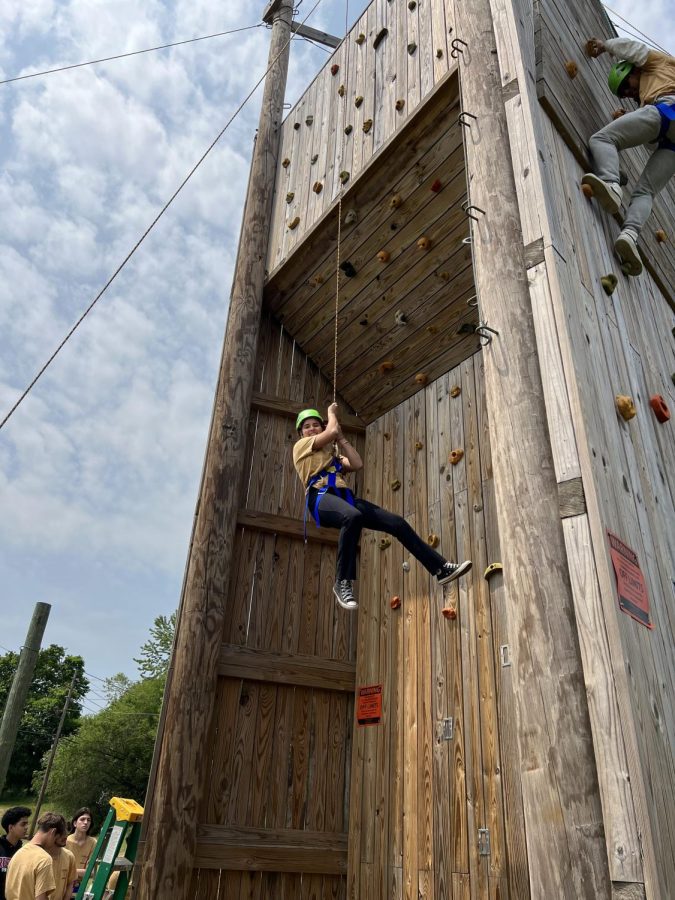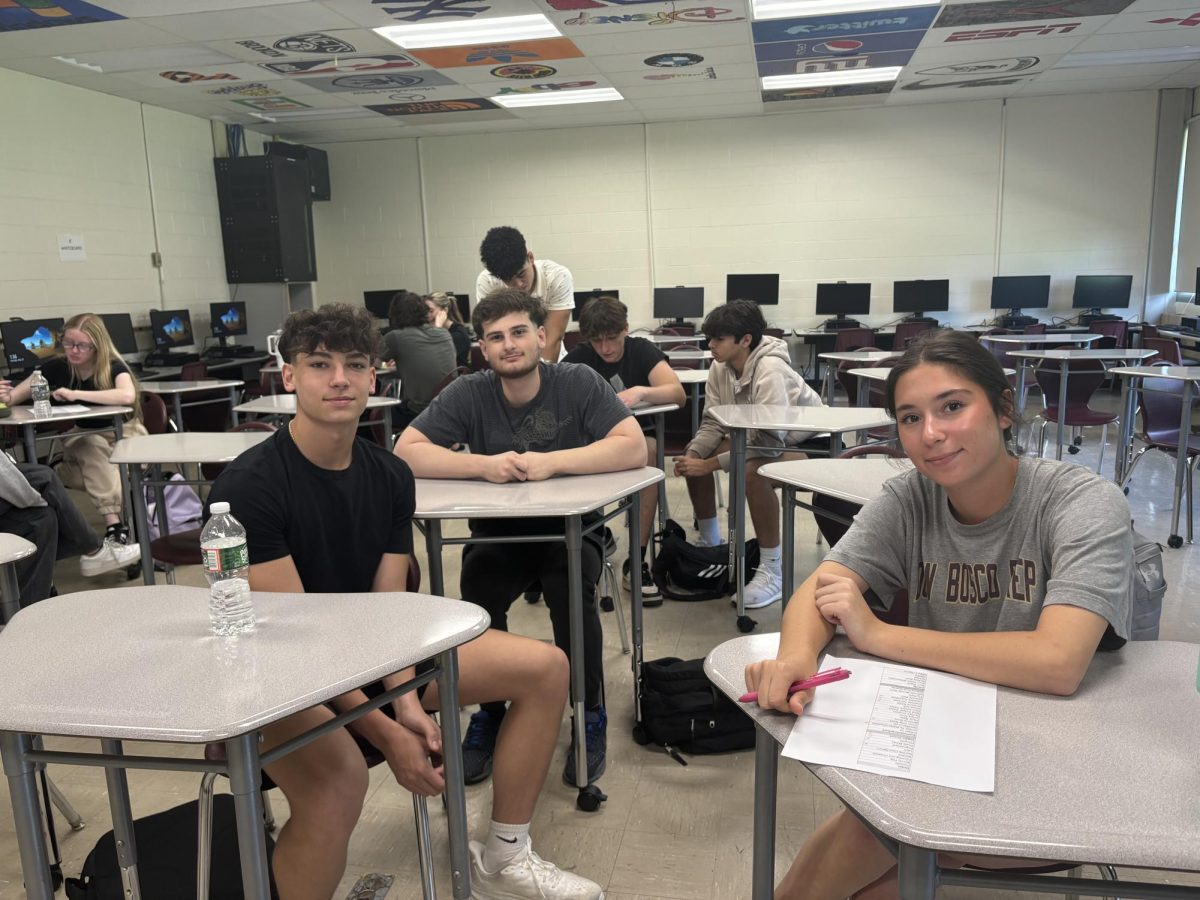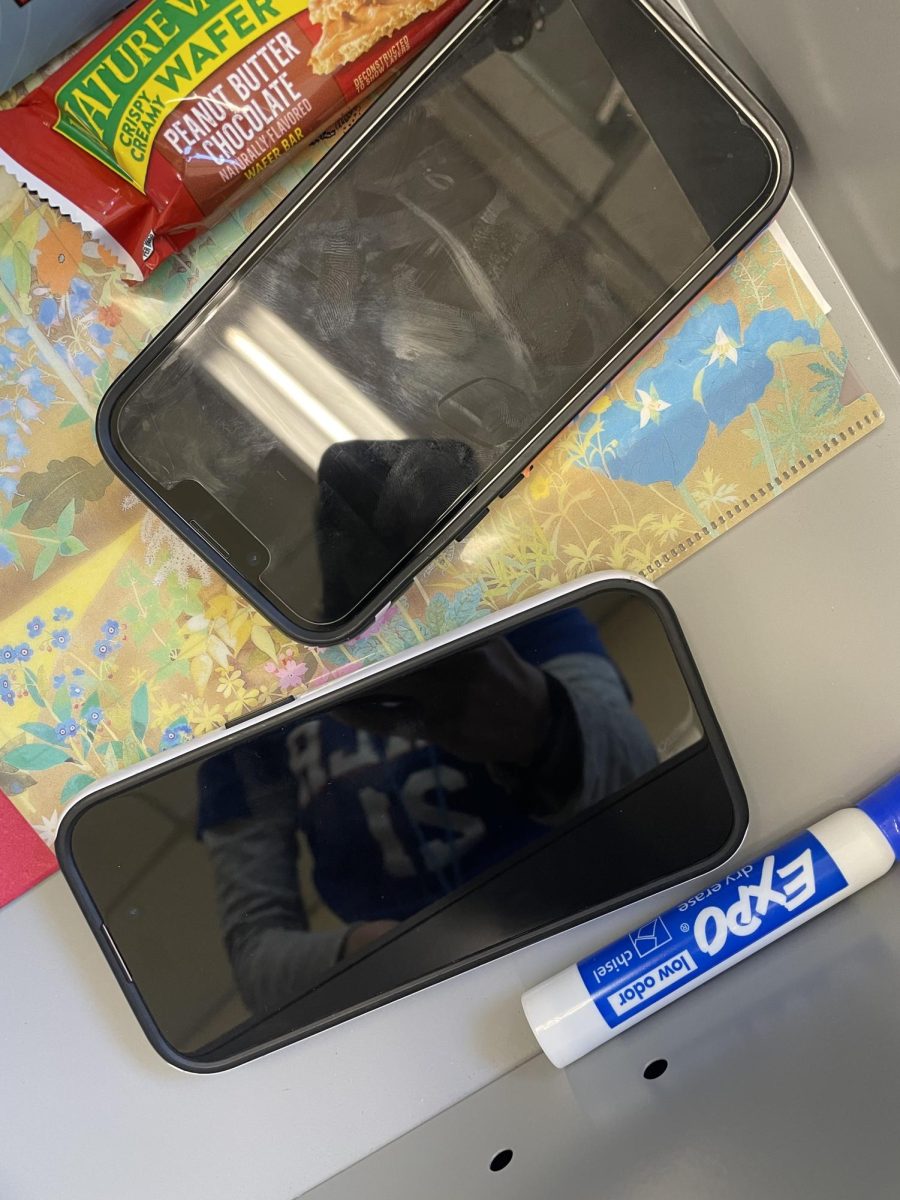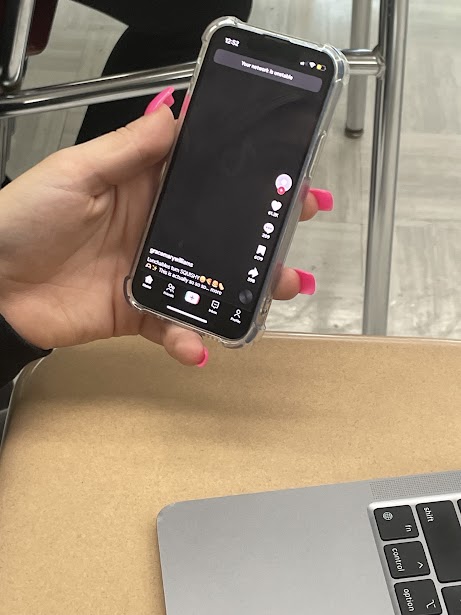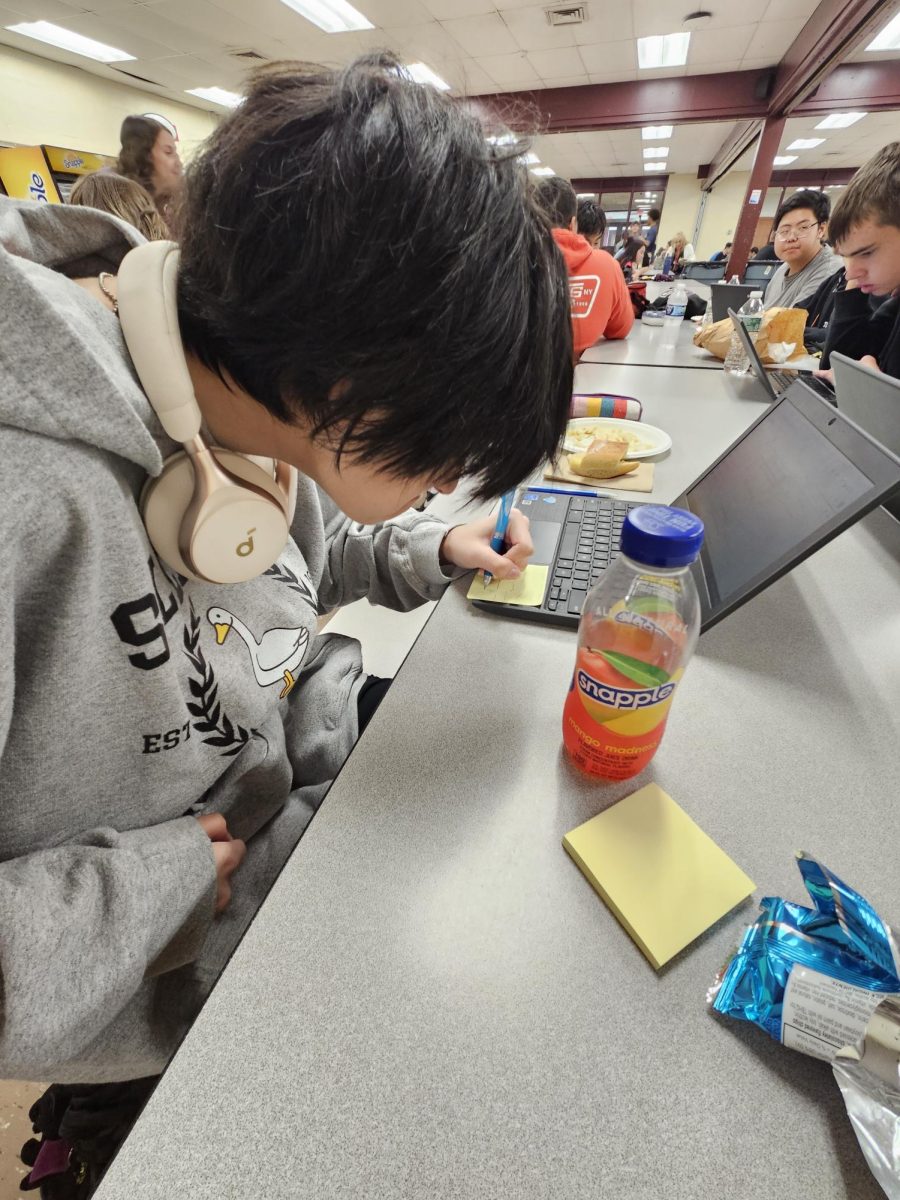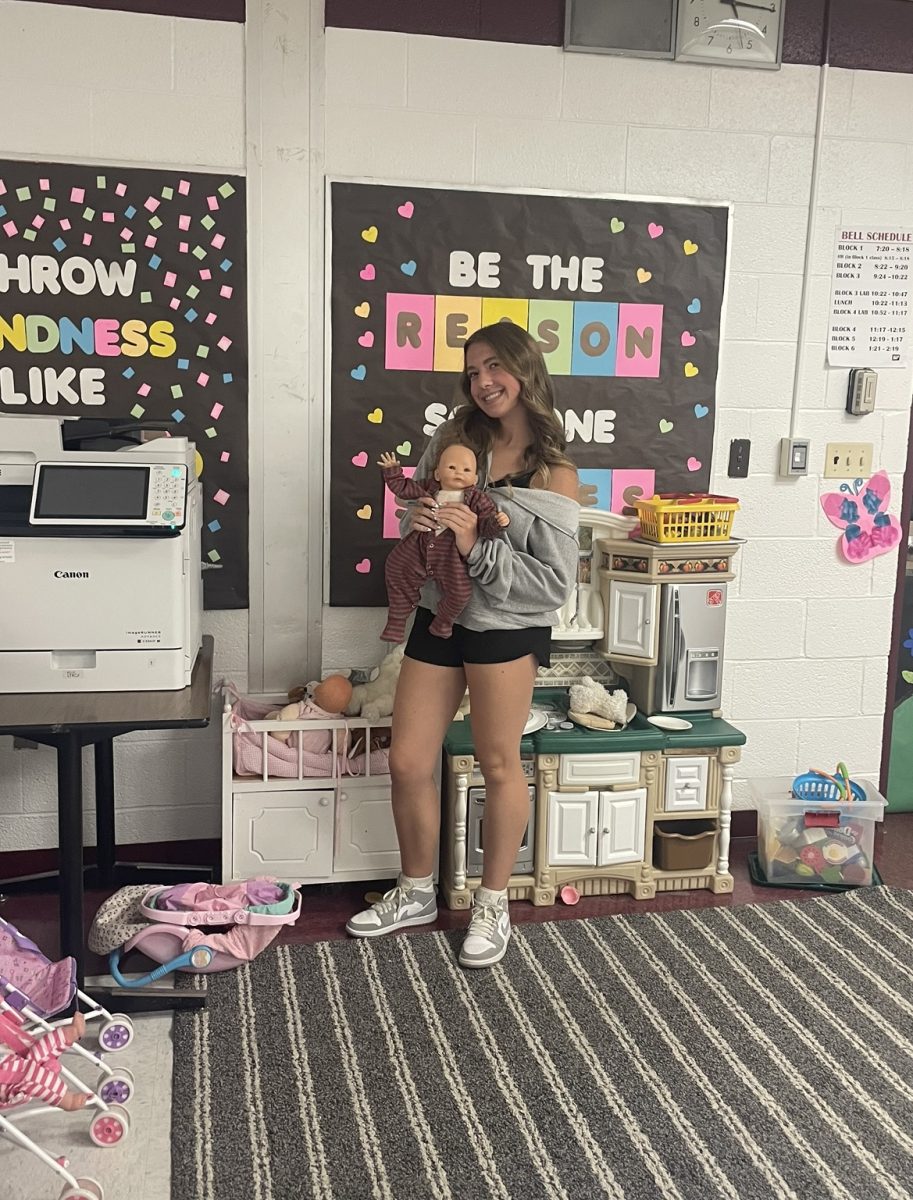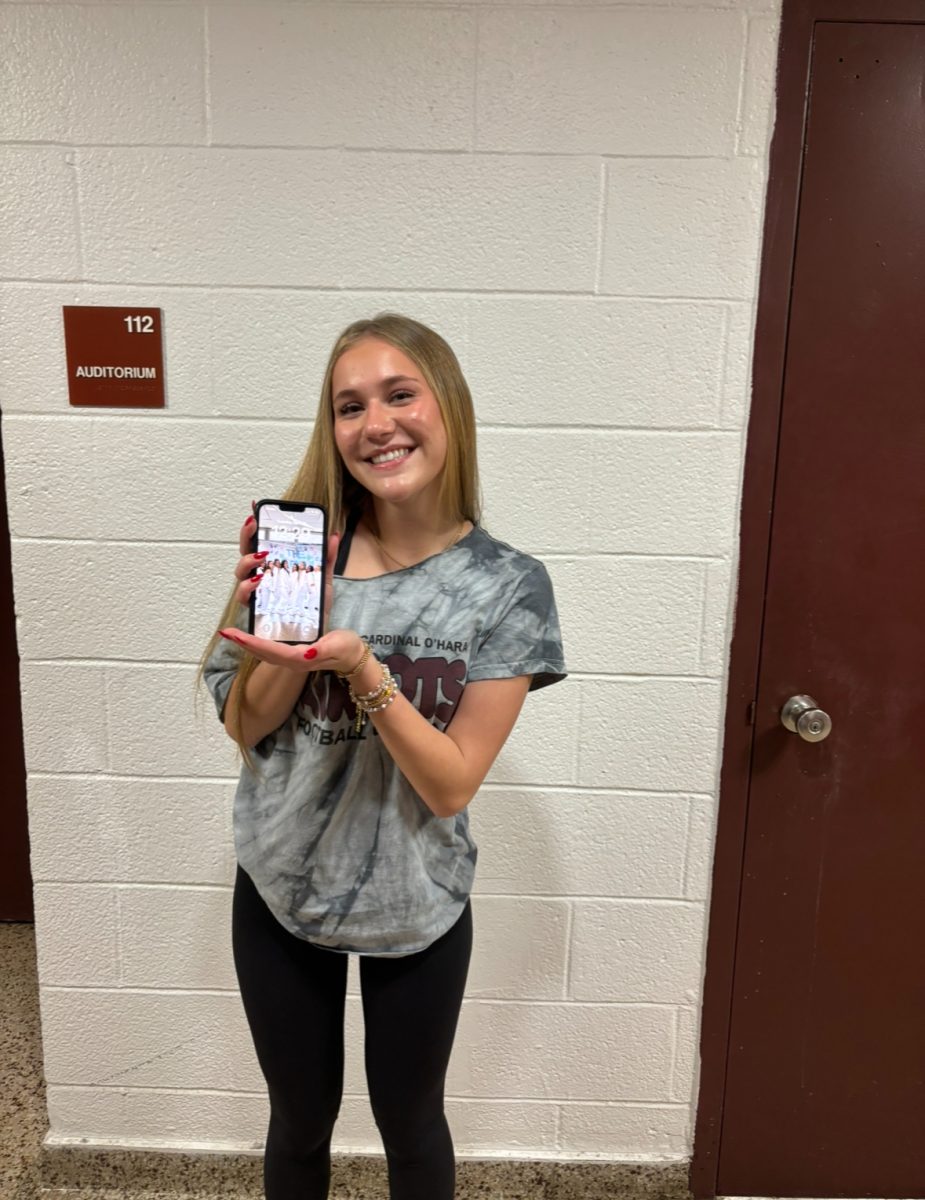The Ups and Downs of Project Adventure
June 5, 2023
For many freshmen and sophomores at Wayne Hills, marking periods three and four are the most exciting: Project Adventure begins!
Project Adventure is a traditional physical education course that focuses on experiential based learning. The class works to build cooperation, communication, and trust between students, as well as to encourage them to leave their comfort zones; however, out of all of these focuses, the P.E. teachers stress the importance of maintaining safety the most.
Freshmen and sophomores begin the marking period by playing non-competitive games that promote camaraderie and cooperation. After some time, students move into group initiatives and problem solving activities, which require communication, whether it is verbal or non-verbal, leadership, and teamwork.
If the classes are successful in problem solving, they then move onto one of the most vulnerable parts of the class: trust-building. These trust-building activities give students the opportunity to place their safety in the hands of their classmates through physical and emotional risk taking. Students must participate in trust leans and falls, as well as lifting practice, which prepare them for the “real deal”: climbing!
These climbing activities contain both low and high elements. For the low elements, students are only required to be lifted slightly off of the ground, while the high elements require students to climb intricate rock walls, zip line, and jump off of tall poles. Although the students being lifted are harnessed in at all times and those doing the lifting are secured on the ground, many students still struggle to trust their classmates and overcome their fears of heights.
Some students believe that the Project Adventure tasks push them too far beyond their comfort zones, and open them up to other physical dangers. Because participation in Project Adventure–and P.E. class in general–is compulsory, students sometimes feel that they do not have a choice but to put themselves in uncomfortable situations in order to receive a passing grade.
During P.E. class one day, sophomore Zach Zardezed was climbing on the “carnival ladder,” when he took a fall. He said, “[P.E. teachers] made me go on the carnival ladder even though I didn’t want to. There was nothing to brace my fall, so that kind of stinks. I felt I had to put myself in a dangerous situation in order to avoid a bad grade in the class.”
These ladders are used at carnivals for the purpose of making people lose their balance and fall onto cushioned surfaces; yet, we are required to climb them in school, when there is nothing there but the hard ground to catch us.
The class also requires students to be heavily reliant on their classmates for safety, which some students believe infringes on their boundaries. Zach added, “Since your safety is reliant on classmates, sometimes one may have a worse experience based on the people he or she has in his or her group.”
According to the State of New Jersey Department of Education, by the end of senior year, students are expected to have learned that their decisions “can influence an individual’s growth and development in all dimensions of wellness.” So, Project Adventure aims to teach students about responsibility and staying focused when their classmates’ safety is on the line.
While some students are weary about the risks of the class, others find Project Adventure to be fun, unique, and helpful in building bonds with their classmates. Sophomore Muharem Hadzi enjoys the class, and especially loves participating in the high elements. During his P.E. class one day, he climbed all the way to the top of the rock wall, and stood on the platform which towered over his classmates. He said that he “felt like the greatest human being alive.” Although these elements require students to take risks, Muharem admitted that they teach us to face our fears and take pride in what we can accomplish.
P.E. and health teacher Mr. Basilicato ensures that Project Adventure upholds the safety measures set in place for the physical education course, and said that he does not want students to feel intimidated by the adventurous elements of the class: “It is a positive experience for students to learn how to work together in a very safe learning environment. It is a very safe class even though it looks dangerous from the outside looking in.”
Students’ opinions on Project Adventure vary, however the aims of the class are clear: to teach students to be responsible, value safety, and to encourage trying new tasks that may make our hearts race.



